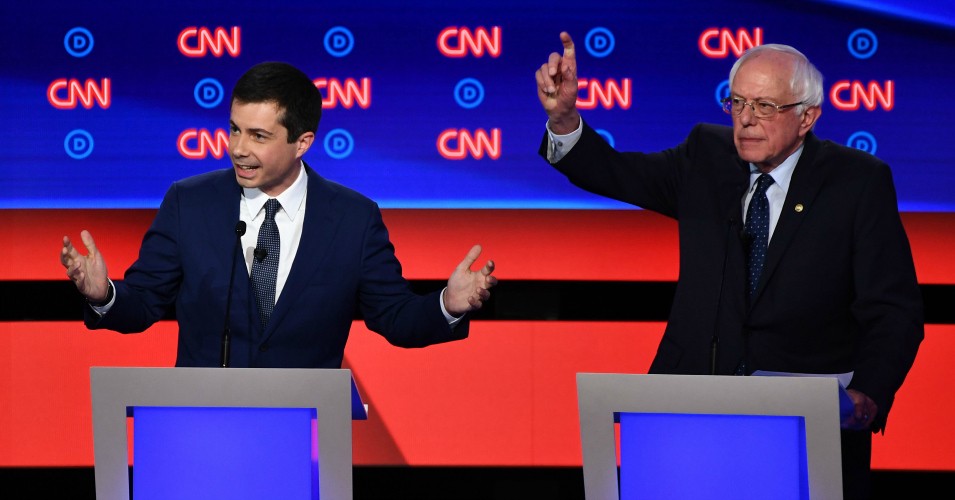Category: Education
-

On Paid Sick Leave, as with Other Policy, Universal Beats Targeted and Technocratic
California’s 2022 COVID-19 Supplemental Paid Sick Leave law is well-intentioned, but it could have been much more efficient, consistent, and clear.
-

Resident Perspective: It Begins
This is the continuation of a series of journal entries depicting what it’s like to be a part of the COVID pandemic from the medicine resident perspective. Wednesday, March 25th Today was my first day of quarantine and now I feel like I’m a part of society. In the prior…
-

On Both Politics and Policy, “For All” Beats “For Some”
We have the money to enact universal programs, which are more efficient and effective than their means-tested counterparts.
-

Improving the Structure of Math Departments
How can we assign teachers to the classes in which they’re needed most while reducing burnout?
-
Teacher Satisfaction: Education’s Failure to Retain Quality Educators
Teacher satisfaction will only be realized in systems where teachers are truly respected and honored.
-

Education Matters, But Direct Anti-Poverty and Inequality-Reduction Efforts Matter More
I once began a K-12 education talk by putting the following two questions on a screen. 1. What is the single policy change that would most improve the quality of K-12 education? 2. What is the single policy change that would most reduce the opportunity gap between low-income and high-income…
-
The Truth About School Funding
Dmitri Mehlhorn, co-founder of StudentsFirst, wrote an article a few weeks ago about school funding titled, “How Money is Spent Matters.” That statement is obviously true; who could disagree with it? Unfortunately, the article’s actual argument – that “America’s schools are not underfunded” – is completely false. This post corrects…
-
A Closer Look at TFA’s Alumni Survey and Data Practices
Teach For America (TFA) recently released a report describing some of the results from its alumni survey. The report provides interesting information about many alums’ careers. At the same time, however, TFA’s misleading presentation of the results and the organization’s unwillingness to share the underlying data are troubling. Consider the…
-
Is VAM a Sham? Depends on the Question You’re Asking.
“Does data source X provide useful information?” and “Should data source X be used for purpose Y?” are two very different questions. Unfortunately, conflation of these questions by education researchers, writers, and advocates far too frequently results in bad policy recommendations. This problem surfaces especially often in debates about value…